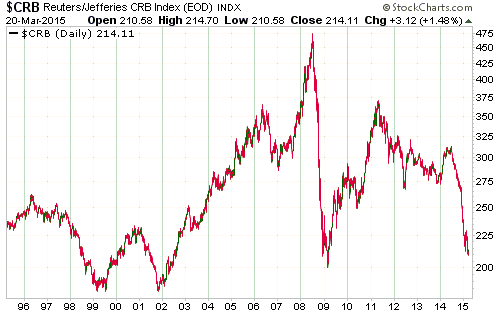In a recent article, John Mauldin dealt with the question: is economic growth driven by consumption or production? Unfortunately, he made a dog’s breakfast out of an attempt to explain why the correct answer is “production”. I’ll try to do better.
That there is even a much-debated question here is evidence of the great depths to which the science of economics has sunk. It would be like a debate between two groups of mathematicians, with one group arguing that 2 + 2 = 4 and the other group arguing that 2 + 2 = 17. Incredibly, in the world of economics the equivalent of the 2 + 2 = 17 group has gained the ascendancy. And within this leading group, the Keynesians dominate.
One of the fundamental tenets of Keynesian economics is that consumption drives economic growth, with an increase in consumption (a.k.a. aggregate demand) causing the economy to grow and a decrease in consumption causing the opposite. According to Mr. Mauldin, on the other side of the fence we have “Austrian” economist Friedrich Hayek, who “asserted that it is actually production that stimulates the economy and drives consumption.”
On a side note, “stimulates the economy” is a Keynesian phrase that an economist from the Austrian school would not normally use (economies aren’t “stimulated”), so I doubt that Hayek ever spoke/wrote in those terms. More importantly, the knowledge that production drives consumption and therefore economic growth predates Hayek by about 150 years. It is called Say’s Law and was part of the 1803 publication titled “A Treatise on Political Economy”. Say’s Law can be expressed as “production funds consumption” and “people produce in order to consume”. Because Say’s Law is demonstrably true, the “Austrians” adopted it.
The easiest and clearest way to see that an increase in production must come before an increase in consumption in order for the resulting growth to be sustainable is to consider a barter economy. An economy that uses money will tend to be more complex than one based on barter, because money facilitates specialisation (the division of labour) and intermediate stages of production, but the same basic principles apply.
When a barter economy is considered it becomes obvious that in order for someone to consume more he must first produce more, because what someone spends is what he produces. To put it another way, someone can’t spend what he or someone else hasn’t already produced. For example, a potato farmer spends potatoes, a cobbler spends shoes, and a baker spends bread. Consequently, if a baker who produces X loaves of bread per day wants to consume more on a permanent basis, he must first increase his production to X+Y loaves per day.
But how could our hypothetical baker spend more bread if there didn’t already exist demand for more bread?
The simple answer is that he couldn’t. There would have to be more demand for bread at some price. Perhaps by investing in a new oven or finding some other way to produce bread more efficiently the baker would be able to increase his production by, say, 30% and simultaneously reduce the price per loaf by 10%, enabling his customers to afford to buy more bread and increasing his own ability to consume.
Of course, if the bread market were saturated then it would not be possible for our baker to increase his production and therefore his consumption, but within the economy at any given time there will always be many things that people want more of. It’s a matter of targeting the things for which there is demand, and this is where prices come in. Prices transmit information, which is why it is so important that they not be distorted by “monetary stimulus” and other interventions. Prices tell people what to produce more of, and in cases where there is temporarily much greater demand than supply they ration the available supply. For some entrepreneurs, it can also be a matter of targeting the things for which there is currently no demand but for which there could be huge demand in the future. For example, there was no demand for the iPhone before Apple made the first one, but then, suddenly, millions of people around the world wanted an iPhone.
The bottom line is that in the real world there must be an increase in production before there can be a sustainable increase in consumption, because it’s the increase in production that funds the increase in consumption. This is as axiomatic as 2 + 2 = 4.
 Print This Post
Print This Post









